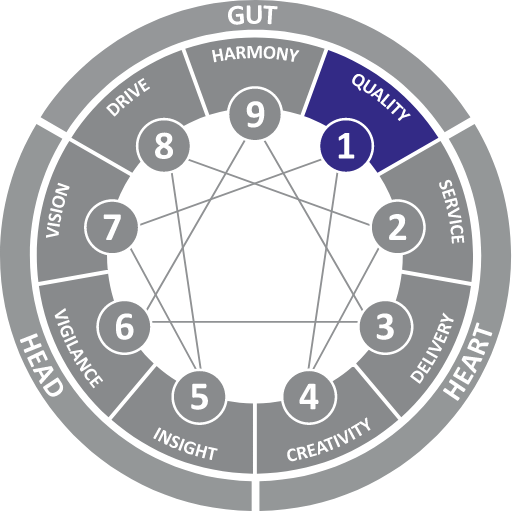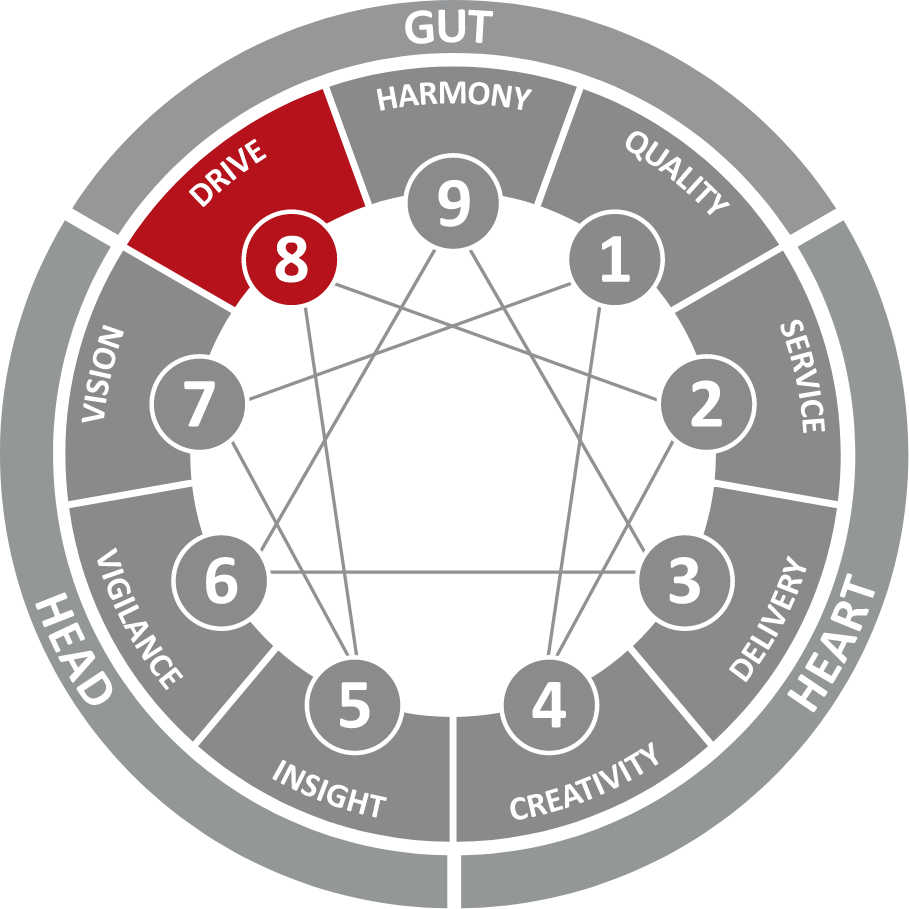History of the Enneagram
The word “ennea” is a Greek word meaning “nine”. The word “gram” derives from the Greek word “grámma” and indicates “that which is written” or “that which is drawn” and it appears in words such as “diagram” and “anagram”. So the word Enneagram implies a “picture of nine”. The “nine” refers to nine personality styles and their related behavioural patterns. It’s worth bearing in mind that none of the nine styles is better or worse than any other. All can function exceptionally well and positively when they are operating at their best. Equally, all can be damaging and destructive when operating at their worst.
The Enneagram touches on something fundamental to the human condition. Evidence of this is that people from various cultural, national, and ethnic origins, and from a wide variety of spiritual and philosophical traditions, can recognise themselves somewhere in the nine characteristic styles.











